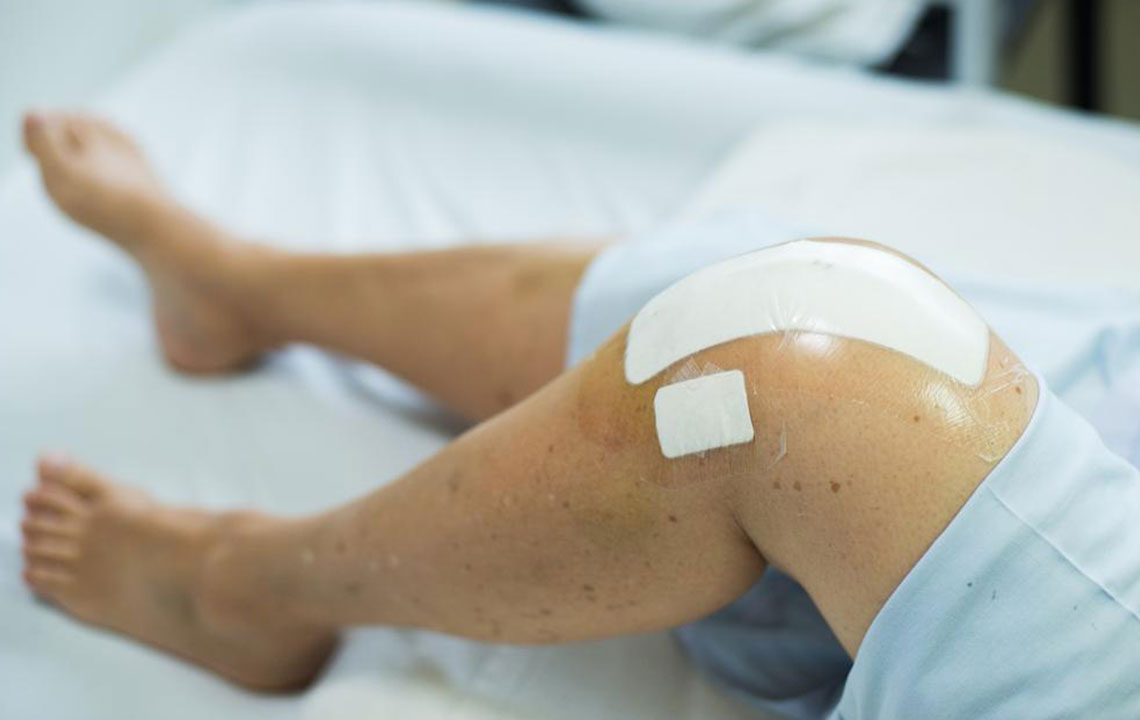Comprehensive Overview of Knee Replacement Surgery: What You Need to Know
This comprehensive guide explains everything about knee replacement surgery, from preoperative assessments and anesthesia to the surgical process and postoperative recovery. It highlights key steps, preparation tips, and recovery strategies to ensure patients are well-informed and confident about their procedure, aiming to enhance outcomes and quality of life post-surgery.

Comprehensive Overview of Knee Replacement Surgery: What You Need to Know
Knee replacement surgery, also known as knee arthroplasty, is a common procedure aimed at relieving severe knee pain and restoring function in patients with advanced joint damage. Whether caused by osteoarthritis, rheumatoid arthritis, or traumatic injury, a deteriorated knee joint can significantly impair daily activities. This article provides an in-depth exploration of the entire knee replacement process, from preoperative assessments to postoperative recovery, helping patients understand what to expect and how to prepare effectively for this life-changing operation.
Before any surgical intervention, comprehensive preoperative evaluations are performed to ensure patient safety. This includes a thorough review of vital signs such as body temperature, blood pressure, heart rate, and oxygen saturation. Detecting abnormalities like hypertension, infections, or other health issues can delay surgery until these conditions are resolved, minimizing risks associated with anesthesia and the procedure itself. Maintaining stable vital signs is critical to ensure a smooth operation and optimal recovery outcomes.
Once your health status is deemed suitable, the next critical step involves anesthesia administration. An anesthesiologist will determine the most appropriate method based on your overall health, preferences, and specific circumstances. You may receive general anesthesia, which puts you into a deep sleep, or regional anesthesia, such as a spinal or epidural block, which numbs the lower half of your body. Sometimes, a combination of both may be used. Proper anesthesia management not only ensures comfort during surgery but also plays a role in minimizing postoperative pain and complications.
As the operation begins, the surgeon marks the precise site for intervention to ensure accuracy. An incision, typically about 8 to 10 inches long, is carefully made at the front of your knee. Through this opening, underlying tissues such as tendons, muscles, and ligaments are delicately dissected to expose the joint surfaces. The kneecap (patella) is then gently retracted to allow unobstructed access to the femur (thighbone) and tibia (shinbone). This visualization is critical for precise bone preparation and implant placement.
With the knee flexed to approximately 90 degrees, the damaged cartilage and bone are meticulously removed using specialized surgical saws and instruments. This process involves reshaping the femur and tibia ends to fit the prosthetic components accurately. To enhance precision, surgeons may utilize computer-assisted guidance systems or metal jigs tailored to the patient's anatomy, ensuring optimal alignment and stability for the artificial joint.
The next step involves preparing the kneecap, where the posterior surface is reshaped, and a polyethylene (plastic) implant is affixed to facilitate smooth patellar tracking during movement. Depending on individual case requirements, additional components such as stems or spacers might be used for enhanced fixation and durability. Most commonly, cemented prostheses are employed, offering immediate stability; however, cementless options may be suitable for some patients depending on bone quality and surgeon preference.
To recreate a natural and shock-absorbing joint, a polyethylene pad is inserted between the metal components, mimicking the function of natural cartilage. This cushioning is essential for smooth movement and load distribution across the joint. Following component placement, the leg is carefully extended and flexed to assess the joint’s range of motion and stability. Surgeons verify that everything fits correctly, moves smoothly, and bears weight adequately. Once satisfied, the components are firmly cemented or press-fit into place, and the surgical wound is closed with stitches or staples.
The entire surgical procedure usually lasts around 1 to 2 hours, depending on the complexity of the case. During this period, the cement sets, ensuring the prosthesis is securely anchored. After completing the operation, the wound layers are sutured, and sterile dressings are applied to prevent infection. Patients are then moved to a recovery area where vital signs are closely monitored to manage anesthesia effects and immediate postoperative needs.
Postoperative care plays a vital role in ensuring a successful recovery and long-term success of the knee replacement. Patients are usually advised to begin physical therapy as early as the first day after surgery, focusing on gentle movements and range-of-motion exercises to prevent stiffness. Pain management is tailored individually, often involving medications such as opioids, NSAIDs, and nerve blocks to facilitate participation in rehabilitation activities.
It is crucial to keep the surgical site clean and dry, avoiding unnecessary strain or pressure on the joint during initial healing. Healthcare providers will provide detailed instructions on wound care, activity limitations, and signs of potential complications like infection, blood clots, or prosthesis loosening. Adhering to these guidelines significantly enhances the likelihood of optimal functional recovery.
Nutrition also supports healing; a diet rich in protein, calcium, vitamin D, and omega-3 fatty acids can accelerate tissue repair and reduce inflammation. Regular follow-up appointments allow your medical team to monitor progress, adjust medications, and perform necessary imaging checks to ensure the prosthesis is functioning well. As recovery progresses, your physical therapist will guide you through progressive exercises to regain strength, flexibility, and confidence in your new joint.
In summary, knee replacement surgery is a complex but highly effective procedure for restoring mobility and alleviating pain caused by joint degeneration. By understanding each step of the process—from preoperative assessment and anesthesia to surgical technique and postoperative care—patients can approach their surgery with confidence, knowing they are well-prepared for a successful outcome. Comprehensive care, adherence to medical advice, and active participation in rehabilitation can help you enjoy a better quality of life after this transformative surgery.





